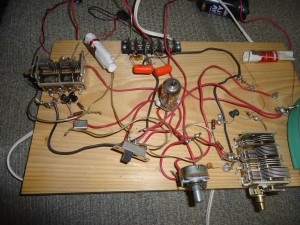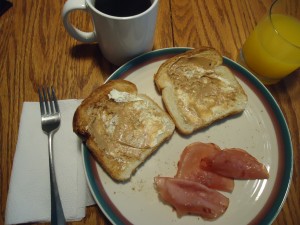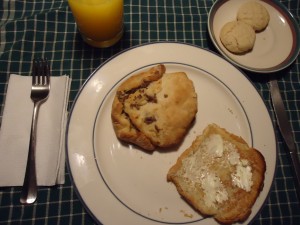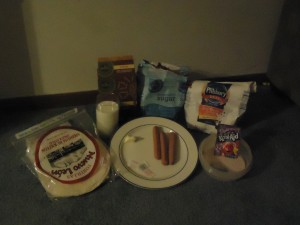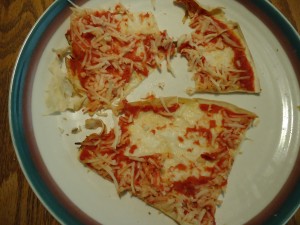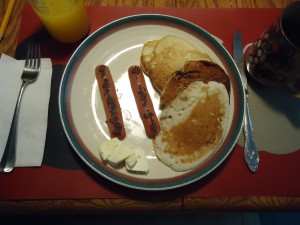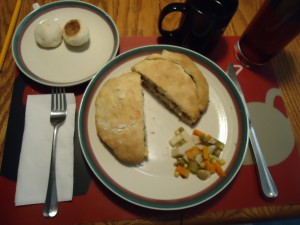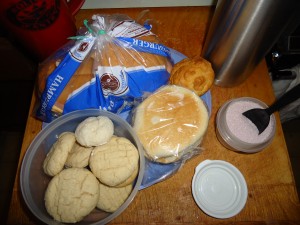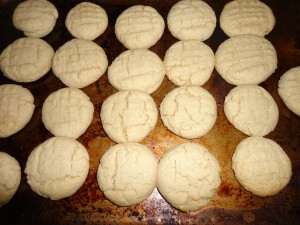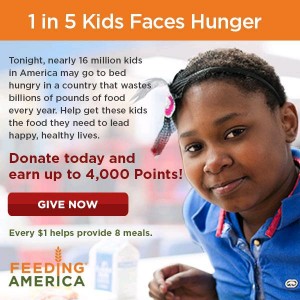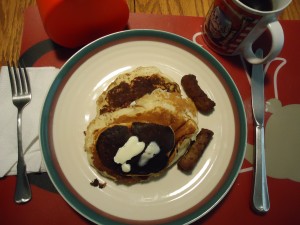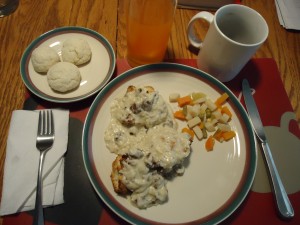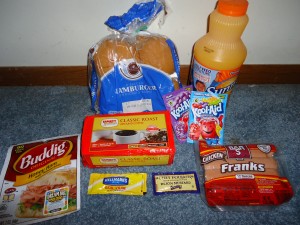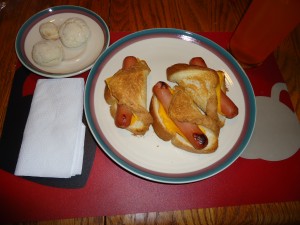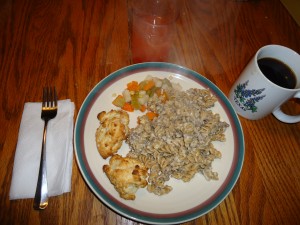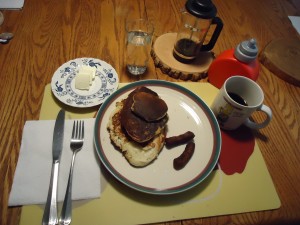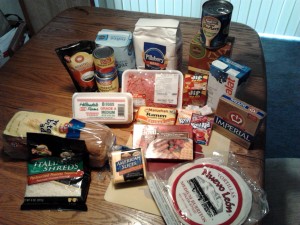If you came here to read about the SNAP Challenge, you can find those posts at this link.
Much of my interest in radio was sparked by the discovery in my elementary school library of the Boys’ First Book of Radio and Electronics by Alfred Powell Morgan. I believe that the crystal set that I built was closely modeled on Morgan’s design. But what really made me drool was chapter 9, entitled “How to Build a One-Tube Regenerative Receiver”, which contained the instructions for constructing a receiver that promised to “bring in the signals of amateur, police, aviation, ship and broadcast stations hundreds of miles away.” It used a single tube and a handful of other components.
I never did build that radio, since many of the parts from the already old book were unobtanium. In particular, one of the required parts was two “4-prong plug-in coils for broadcast band when used with a 365-MMFD variable tuning capacitor.” According to the text, “you will need two readymade 4-prong plug-in coils” to cover the AM band. It also promised that “coils covering the higher frequencies or shorter wavelengths are also obtainable.” Those “obtainable” coils would be necessary to use the radio to listen to the elusive police calls. Of course, the police had migrated to VHF many years earlier, and I wouldn’t have been able to hear them on this radio, coils or no coils. But I didn’t know that, and I still wanted to build this radio to pull in those signals from hundreds of miles away.
Books by Richard Clem:
Please visit my author page at amazon.com
I more or less gave up on building the thing when my dad came home with the closest coil he could find. I had dutifully copied down the exact description, namely, two 4-prong plug-in coils for broadcast band when used with a 365-MMFD variable tuning capacitor. He took this to the local TV repair shop, and they gave him, at no cost, the closest thing they had, which was the ferrite loopstick antenna from a transistor radio. This, of course, didn’t look anything like a 4-prong plug-in coil. As a result, I never did build the radio.
I doubt if very many kids ever built an exact replica of Morgan’s one-tube radio. But a handful of adults, many years after the fact, have done so. There are YouTube videos of these modern replicas, and I have a number of them linked on my Alfred P. Morgan page. One particularly good example can be found at the website of Big Nick, a Cajun accordionist. (For some reason, it doesn’t surprise me that another kid who wanted to build the Morgan radio went on to become a Cajun accordionist.) Big Nick’s page includes a scan of Morgan’s book and some audio clips which prove that the radio does, indeed, work.
I didn’t build Morgan’s one-tube radio, but I’ve always been intrigued by the simplicity of the regenerative receiver. At one point, I think when was in high school, I found at a hamfest an unbuilt kit for a Globe Patrol solid-state regenerative receiver, which I built. It was identical to the one shown on this page. It performed quite well, although at the higher frequency range (about about 15 MHz, if I recall), it cut out and wouldn’t go into regeneration. In recent years, my son and I built the Scout Regen Receiver from Hendricks QRP Kits. It’s a very good performer from about 3-8 MHz.
A couple of years ago, I actually did build a one-tube radio. I never actually made a contact with it, but this was actually a one-tube transceiver for 80 meters. I never saw the ad when I was a kid. If I had, I’m sure I would have lusted over it. But Western Radio of Kearney, Nebraska, produced the Weskit BN-1, which used a single tube for both transmitting and receiving. The tube in question was a 3A5 dual triode. One half of the tube was used for transmitting, and the other half was used for receiving. To switch from transmit to receive, the filament voltage for one half of the tube was turned off, and the other half was turned on. According to the diagram, it could be used with a 3 foot base-loaded whip antenna mounted right on the top of the radio. While a 3-foot antenna isn’t going to be very efficient on 80 meters, the diagram promised that it would be sufficient for “up to 2-6 miles”. Surely, had I known that such a thing existed, I would have wanted one of these 2-6 mile portable radios. The schematic linked above can be found at http://home.comcast.net/~sheldon_wh/bn1.html.
A couple of years ago, armed with this schematic, I decided to build a replica of the BN-1. I never made an on-the air contact with it, but both the transmitter and receiver functioned. With the receiver, I copied some signals on 80 meters, a couple of strong SW broadcast stations, CHU (the Canadian time signal station) and even an SSB aviation weather broadcast. I measured the input power on transmit, and it was about 50 mW. The signal sounded surprisingly clean on the air in my own receiver. My replica of the BN-1 is shown here. As you can see, the construction technique is hasty and crude. But the thing actually worked. The design is about as simple as possible to allow both transmission and reception with the bare minimum of components. As far as I can tell, there’s not even any direct connection between the receiver section and the antenna. The connection is apparently accomplished from coupling within the tube, since the antenna is coupled through the coils to the plate of the transmitter. One of these days, I’m going to rebuild it as a more aesthetically pleasing version and actually put it on the air.
I’m not aware of any one-tube radio kits, but this one looks intriguing. It’s a Two Tube Receiver Kit from Antique Electronic Supply, and is available for puchase from Amazon
. The frequency range isn’t stated, but it claims to cover both AM and shortwave. There’s no word on whether or not it will get those elusive police calls, but the coils are presumably included.
If you’re looking for cheap shortwave receivers in general, please visit my Cheap Shortwave Receiver page, where you will find cheap shortwave radios starting for under $10. And if you’re looking for more of his books, please visit my Alfred Powell Morgan page.








